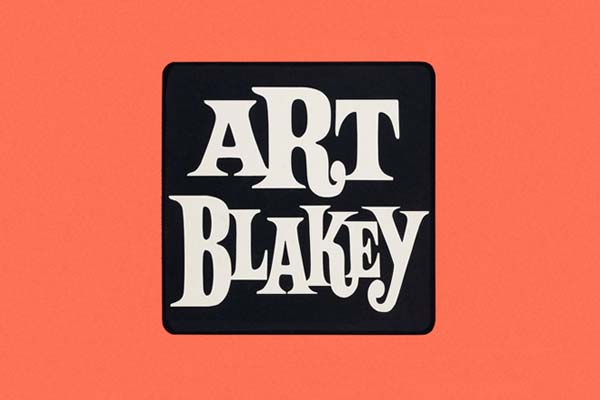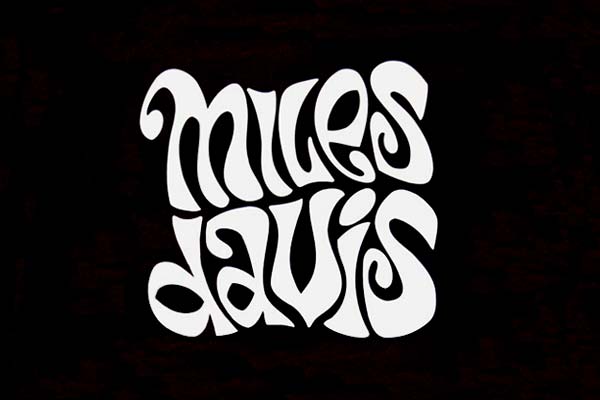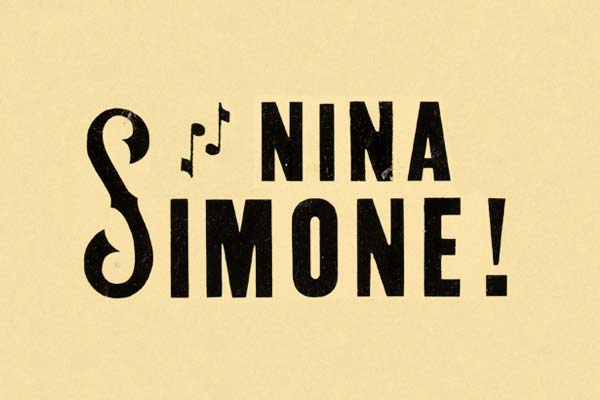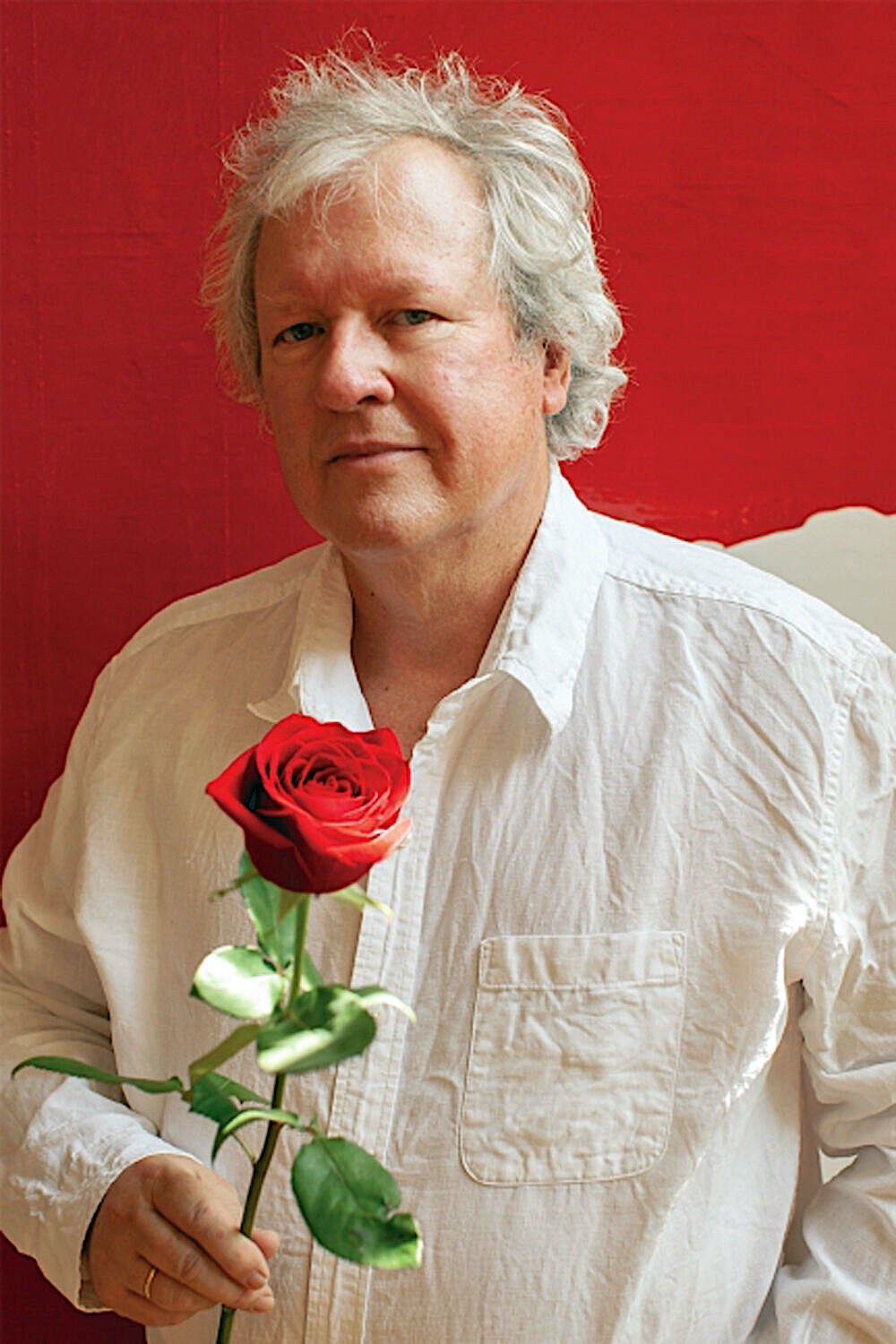There was a time when pop lyrics did not exactly spark curiosity, doo-lang doo-lang doo-lang.
They may have tapped into some universal teenage feelings, but rarely inspired further thought along the lines of “Hmm, I wonder what—or who—inspired that.”
Dutch station NPO Radio 2’s interview series Top 2000 a gogo lifts the veil.
Each entry reveals the origin story of a well known song.
The late Bill Withers, above, intimated that every woman he’d even been involved with thought “Ain’t No Sunshine” was about her, when really, the inspiration was the miserable alcoholic couple played by Jack Lemmon and Lee Remick in the 1962 film Days of Wine and Roses.
“Dancing in the Moonlight,” the enduring, incredibly catchy hit for King Harvest, paints an endearing picture of carefree, cavorting youth, but as recounted by songwriter Sherman Kelly, the event that led to its creation is deserving of a trigger warning. Rather than leaning in to the darkness, he conjured a lighthearted scene far different from the one he had endured, a switcheroo that the universe saw fit to reward.
One need not be the songwriter to be at the center of a song’s hidden history. Gloria Jones, preacher’s daughter and eventual soulmate to T. Rex’s Marc Bolan, was a teenager when she recorded Ed Cobb’s “Tainted Love,” a song she disliked owing to the implications of “tainted.” The song became a hit in England, thanks to a series of misadventures involving a sailor swapping a .45 for ciggies—a development that could have had an impact on Jones’ career, had anyone bothered to inform her. All this to say, Soft Cell’s 1981 cover helped put MTV on the map, but it couldn’t have happened without the teenager who held her nose and recorded the original.
Top 2000 is unsurprisingly full of deep and touching revelations, but Rolling Stone Ronnie Wood’s refusal to take things seriously is also welcome. Talk to Mick Jagger if you want confirmation that “Miss You” concerns the frustrations of stardom. According to class clown Wood, and his straight man drummer Charlie Watts, the song was a solid attempt to go with the disco flow. The frustration arose from being caged in a Paris recording studio, barely able to duck out for escargot before task master Keith Richards cracked the whip to summon them back.
Bittersweet is not the adjective we’d choose to describe this historical moment, but it gave us all the feels to see Alan Merrill, whose “I Love Rock n Roll” was a response to the Stones’ “It’s Only Rock ’n’ Roll,” as well as a breakthrough hit for Joan Jett. Merrill died of complications from COVID-19 at the end of March.
Explore more songs—over 200—on Top 2000 a gogo’s YouTube channel.
Multi-linguists! Contribute translations to help make the videos available worldwide.
Related Content:
Tom Petty Takes You Inside His Songwriting Craft
How David Bowie Used William S. Burroughs’ Cut-Up Method to Write His Unforgettable Lyrics
Ayun Halliday is an author, illustrator, theater maker and Chief Primatologist of the East Village Inky zine. Here latest project is a series of free downloadable posters, encouraging citizens to wear masks in public and wear them properly. Follow her @AyunHalliday.






